Can You Use RV Antifreeze To Winterize A Boat: 5 Step Process Revealed
Winter is a lot chilly this year. You have your sweet boat to prepare for the harsh weather. This requires a Boat Antifreeze which can be expensive, so can you use RV antifreeze to winterize a boat?
Absolutely! With some exceptions and limitations in mind, you can swap Marine Antifreeze with RV Antifreeze. The swap is possible because both liquids use chemically similar.
Read below to learn the Steps to RV Winterization, Essential items needed for RV winterization, and Where and How to use RV Antifreeze.
Table of Contents
Are Antifreeze And Engine Coolant Interchangeable?

It is important to note that while Engine Coolant can be used to disallow freezing its formula is very different from Antifreeze.
Engine Coolant has a different purpose than Anti Freeze and ideally, should not be used in its place.
It is possible to be confused as often coolant brands label their product as “Engine Antifreeze/Coolant.”
Engine Coolant
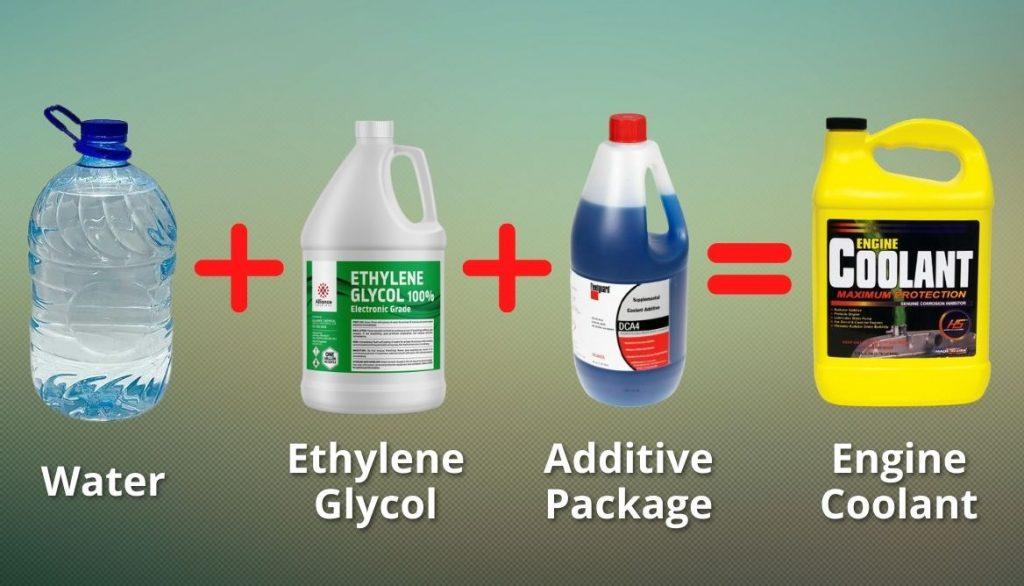
Engine Coolant is highly unsuitable for boat winterizing. Boats require a coolant but are not part of the winterizing process.
Coolants are sold for RVs but those are for their engines not for the housing system that is built for the living part of the RV.
One hack to differentiate between the Coolant and anti-freeze liquid is the price. The coolants are more expensive.
The Antifreeze is non-toxic containing Propylene Glycol. Coolants on the other hand are toxic and have Ethylene Glycol. Reading the warnings on the label is necessary.
Coolants can be harmful, so make sure to handle properly and pour them into the engine cooling system to stop mixing with water. Clean the coolant if there is any spillage.
Characteristics Of Antifreeze
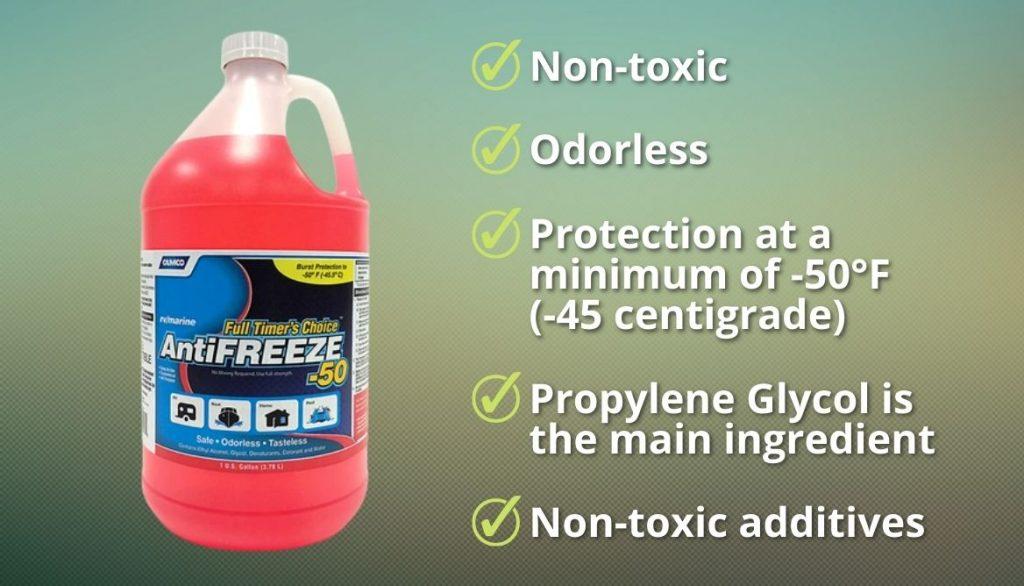
RV and Marine Antifreeze have different power levels and appearances. The color often indicates the level of protection. Pink requires less protection and darker colors such as dark blue, purple, or green, requires more protection.
When buying a non-marine product, do inform yourself by reading the label whether the product aligns with your requirements or not.
There are few places on a boat that an RV pink antifreeze can not protect, such as bilge pumps
Here are things you should keep in mind while purchasing:
- Buy a non-toxic antifreeze as it can end up in the water systems especially if one starts the engine for the first time in the season. Use it, especially for drinking water.
- Antifreeze should be odorless. Odor can be irritating so often labels promise odorless liquid still exhaustively wash your water tanks to get rid of the smell.
- Purchase antifreeze that offers protection at a minimum of -50°F (-45 centigrade).
- Propylene Glycol is the main ingredient in the formula for a non-toxic, odorless, and tasteless liquid. That should be your go-to always.
- In case additives are in the formula make sure they are non-toxic as well.
- Propylene glycol non-toxic antifreeze that has been recycled can work but do not use in the household system.
Where Does RV Anti-Freeze Work Well?
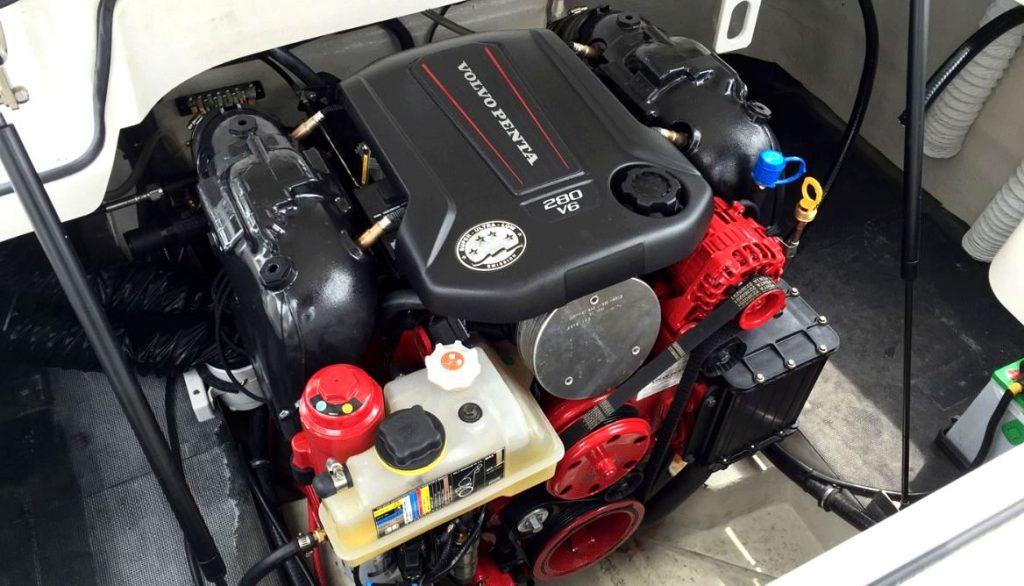
RV anti-freeze should be used in winterizing the engine and household system. Use it also in areas where water gathers.
At -50°F burst point, pink antifreeze works well for water lines, water tank, and toilet bowls. Pass it through all the plumbing lines and leave some liquid in for long-lasting protection.
RV Antifreeze can be used in place of Marine Antifreeze, but only if you don’t dilute it before using. Pink stuff has a balanced amount of protection and chemical.
Where Shouldn’t We Use RV Antifreeze?
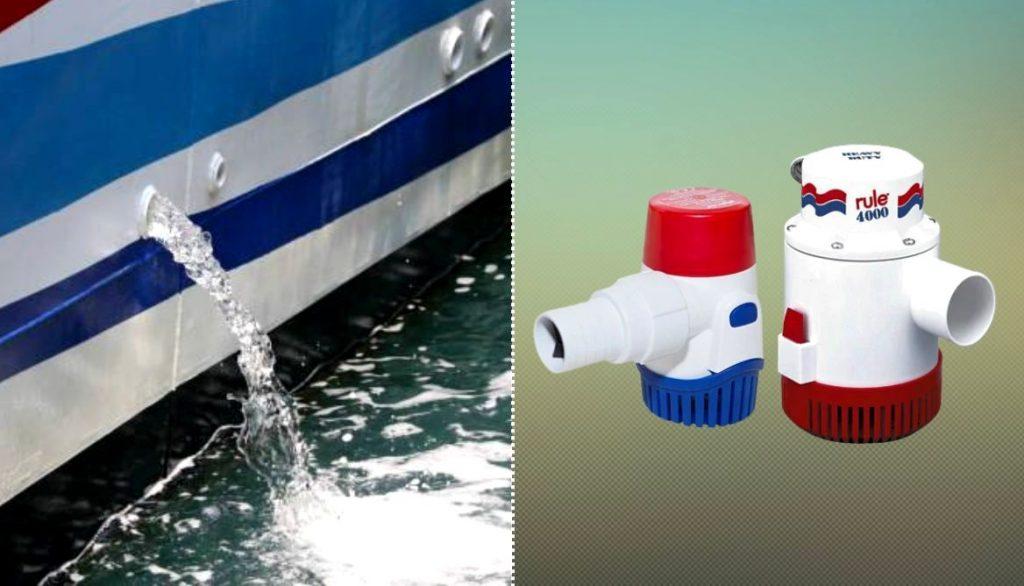
Most pink RV Antifreeze is rated at -50°F. For places like the bilge pumps, higher burst protection is required, so the antifreeze liquid should be lower than it.
Pink antifreeze contains propylene glycol which starts forming icy solids at +12°F, before its freezing point. It also expands like water.
Lower burst point liquids are rarely sold as RV Anti-freeze, but they are available in marine stores. For the bilge pump -100°F antifreeze should be used, which freezes at -60°F.
A higher freezing point means less force is required for flushing the liquid and not damaging the boat parts.
If the temperature is forecasted to drop below 12°F for a couple of months then RV Antifreeze is not recommended.
Essential Onboard Items Requiring Winterization
Winterizing the fresh water system is important to avoid damages caused by frozen residue, so we have compiled a to-do list along with the needed essential item list to help you prepare for it.
It is advised that if you do have a manufacturing warranty for the engine and drive, you should call the guy instead of performing this on your own.
General Guidelines

To avoid the usage of toxic liquids, many professionals use compressed air to push the water out. However, it is possible that air does not clear water from every narrow corner. Do not use ethylene glycol as it is toxic automotive antifreeze.
Before starting the winterizing process, it is advisable to read through the user manual of the Antifreeze. This can reduce any hassle or damage in the process.
Propylene Glycol based non-toxic antifreeze should be your choice as one can come in contact with it. It will travel through water lines, in all of the plumbing system.
Make sure to check the strainer/filter of the source of water which is the engine/pump, before winterizing. If needed to be replaced, do that before starting the process.
Add a fuel conditioner to your fuel tank and run your engine before winterizing. Fill the fuel tank to restrain any condensation in the tank over the winter.
If the boat has a toilet, rinse and clean its flush tank to clean any residue before the winterizing process.
Inboard/Sterndrive Engines
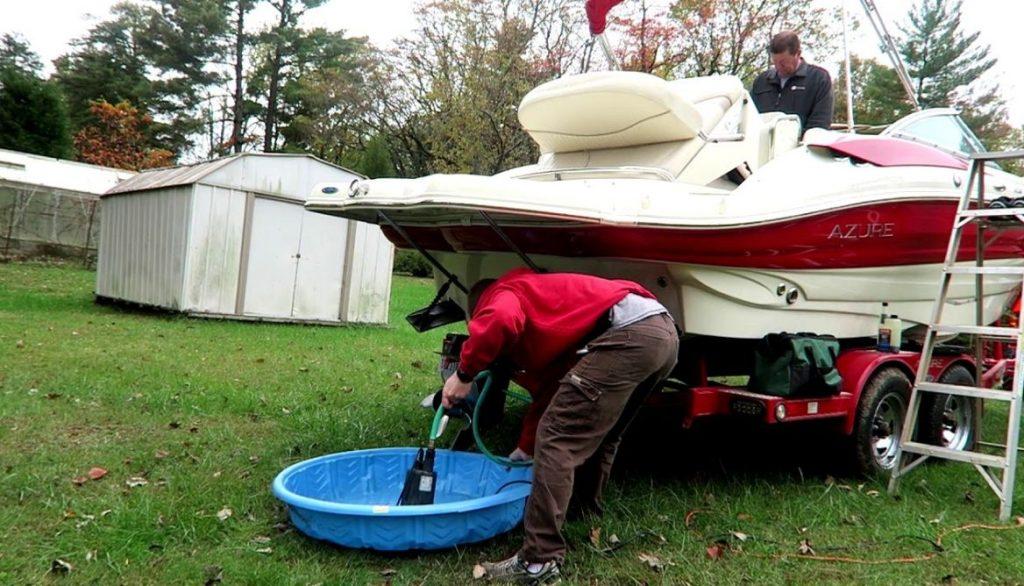
To prepare for winter, change the oil case in the fall. This way, no acidic deposits will build up inside the engine due to combustion.
Run the engine to have to warm it up. Add new oil and filter, and run the engine again to coat the walls. Change the filters that separate water and fuel and run the engine again to force the water out. After that, pour in the anti-freeze.
Check the lower unit gear oil in the inboard drive system. Add in more if required. Check for gear oil of housing in the sterndrive system, and ensure that the outdoor drive is vertical.
Lastly, if there are metal fillings or water present, remove them. If the propeller is detachable, remove it. If not, then secure it with a waterproof bag to refrain from freezing.
Outboard And Jet Drive Engines
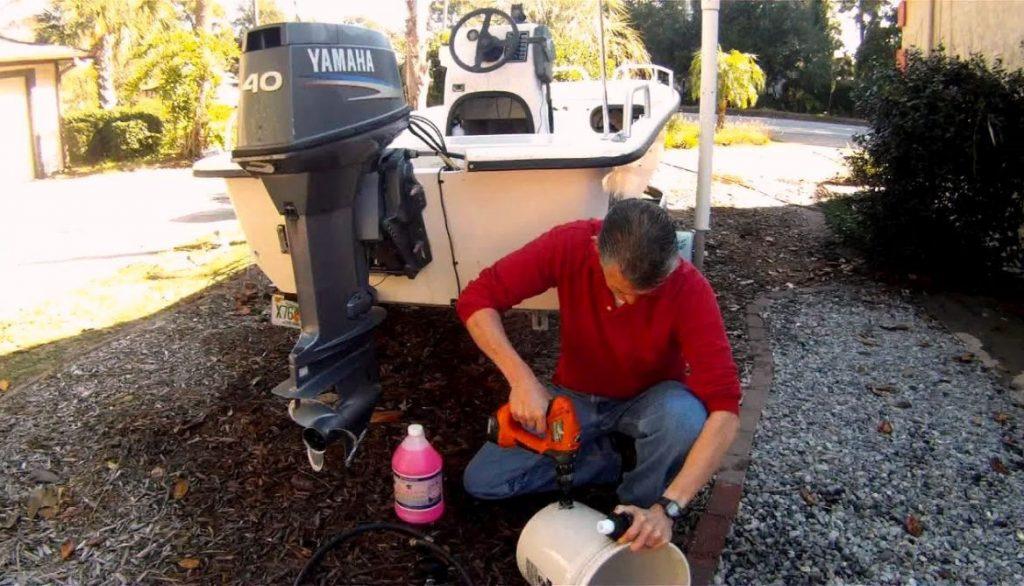
Four-stroke engines require changing the oil filter, oil, water separating filter, and fuel filter. Meanwhile, modern two-stroke engines require changing and refilling oil in the gear casing.
With an old two-stroke engine, it is recommended to do “engine fogging”.
Outboards mostly drain the water from the engine block if it’s placed vertically. With Sterndrive, detach the propeller or secure it with a bag to prevent corrosion.
Toilets And Hot Water Tanks
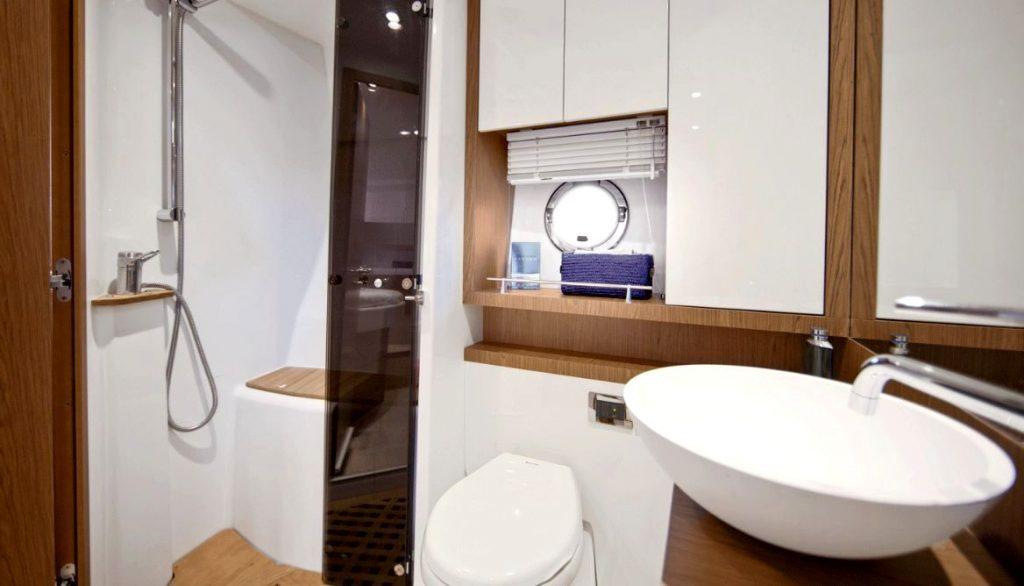
For toilet bowls, add antifreeze to the fresh water tank, and flush so it could circulate through.
If the toilet is electric, drain the fresh water tank first, then flush the toilet to clear the water from the lines. After that, unplug the water hose from the source and pour antifreeze. Push the flush button until it comes through.
For the sink and shower, first, turn off the water heater and drain the hot water tank. Then turn on all the faucets and fresh water pump until it completely drains. Unplug the source hose and pour antifreeze until it comes out of the facets.
Also, pour antifreeze into your dock inlet, air conditioner, and water supplies independent of fresh water systems.
Non-Essential But Desirable Winterizing Activities
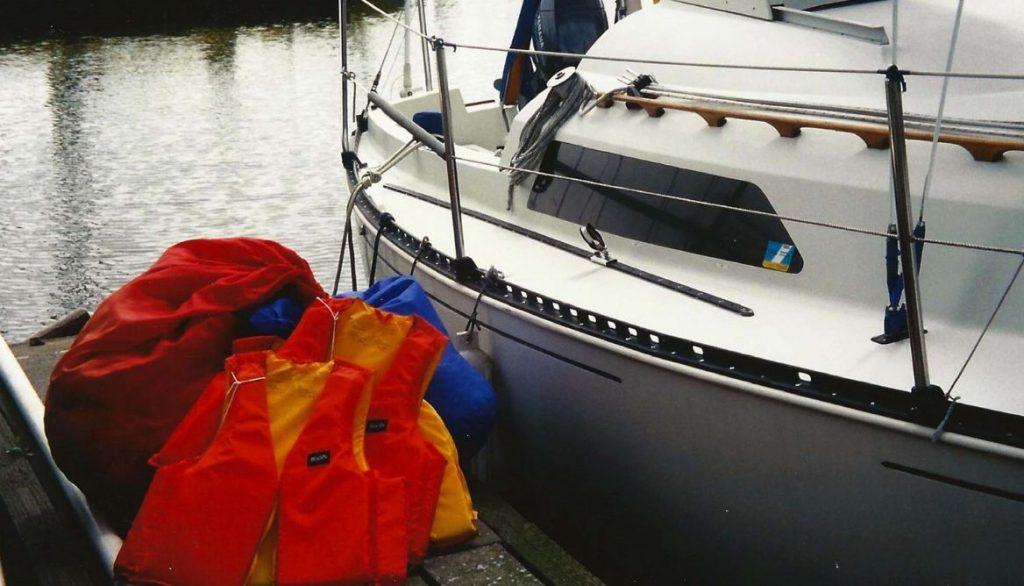
These are some activities that you should do to further secure your boat from the harsh weather.
After your boat is out of the water, clean its scrub hull and bottom. If you can, clean its side and top too. Clean and dry the anchors and lockers.
If you are not storing your boat inside a heated facility, condensation will likely form in the interior and cockpit, which will be covered with shrink wrap. Moisture-reducing products will have to be placed to avoid it.
RV Winterizing Steps
Here are the important steps to follow when preparing your boats for the winter. Make sure to take the manufacturer and your dealer in confidence before starting the process.
Change The Oil And Oil Filter
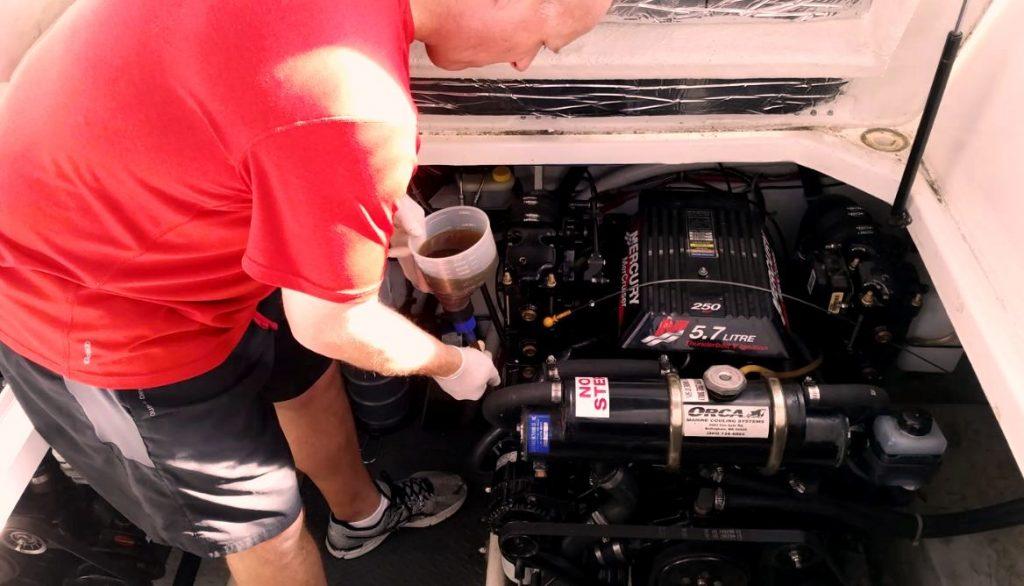
Before laying up, the boat, make sure to change the engine oil. It is a crucial step as otherwise acidic residue and moisture is left behind because combustion can cause deterioration.
The best way to do it is first to warm up the engine to make the oil viscosity thinner and let it collect impurities. Now, turn off the engine to change the oil and oil filter.
After changing the oil and its filter, run the engine to let it circulate. While it’s running, check if there are any leaks and fix them.
Change The Fuel Filter And Stabilize The Fuel
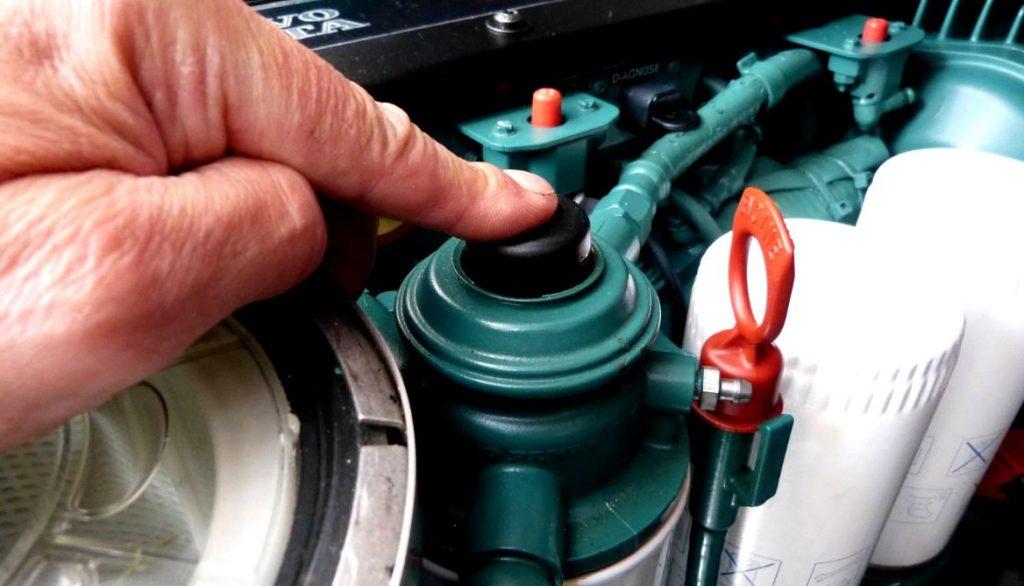
Like oil filters, fuel filters must be replaced, and if needed, fuel filter canisters should be changed too.
Gasoline-run boat is prone to phase separation when gasoline absorbs surrounding moisture. If enough is absorbed, it will separate from ethanol resulting in the caustic mixture at the bottom of the tank.
The caustic mixture can damage the engine; hence draining it completely empty is advised. If drainage is not possible, then stabilizers are suggested to prevent gas from oxidizing.
After adding stabilizers, fill the tank but leave a breathable space for expansion.
Drain The Water From The Engine Or Use Antifreeze
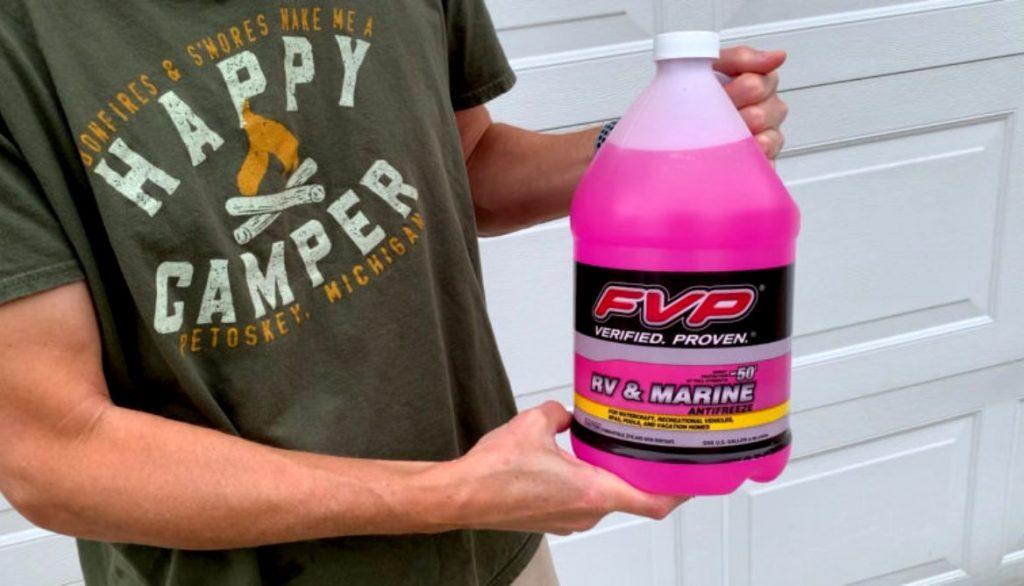
You need to drain water from the engines and use antifreeze properly. This varies from type to type. First, you must recognize whether it is an inboard, outboard, sterndrive, or jet drive engine.
You can view the proper way to accomplish these by scrolling up and reading the “Inboard/Sterndrive Engines” and “Outboard and Jet Drive Engines.”
What About The Protection Level?
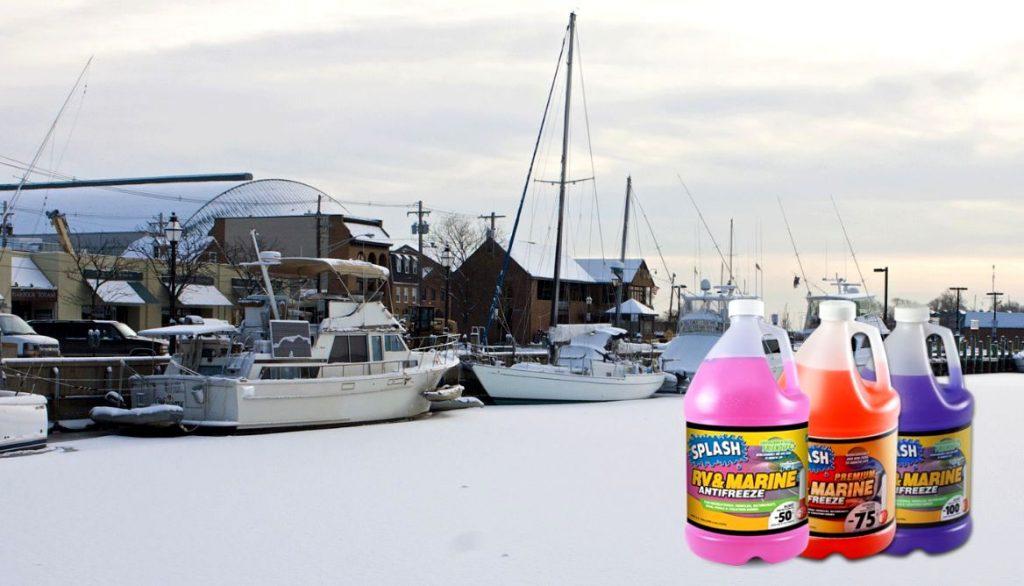
Antifreeze liquids are marked with freeze protection levels. Levels could be between -50°F, -100°F, or -200°F. The difference is in the dilution of Propylene glycol. -50°F is the most diluted.
When water freezes, it expands. The expansion causes damage to the boat. The ice is so stiff it can break cast iron and steel. Antifreeze liquids lower the freezing points of the liquids in the boat.
It can also be done by replacing the water with liquids that have higher freeze points.
Freezing, Bursting, And Slush
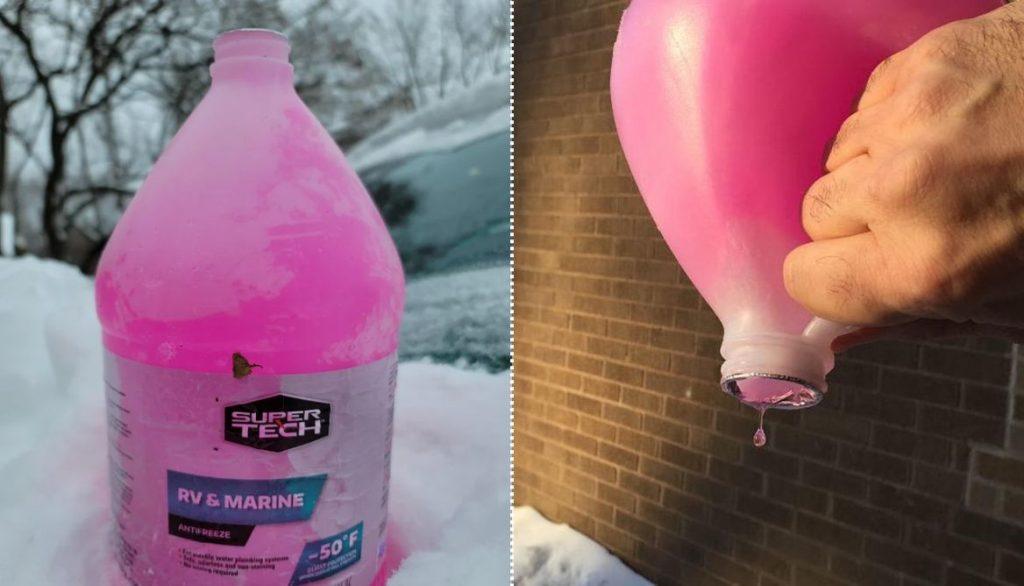
Antifreeze liquids are rated by the temperature point of when it freezes, expand in volume, and their rigidity crack through a copper pipe. It is to be noted that it also has a freeze point when the ice starts to form.
As diluted Propylene Glycol forms ice crystals, it can be used if the boat is parked and still. Only the boat parts that circulate require a stronger antifreeze, as the crystals can cause damage when in motion.
You can add water to the antifreeze liquid to dilute it. 60-70% is enough Propylene glycol to sustain a freeze point anywhere in the world.
Is Propylene Glycol Better To Use Than Ethylene Glycol?
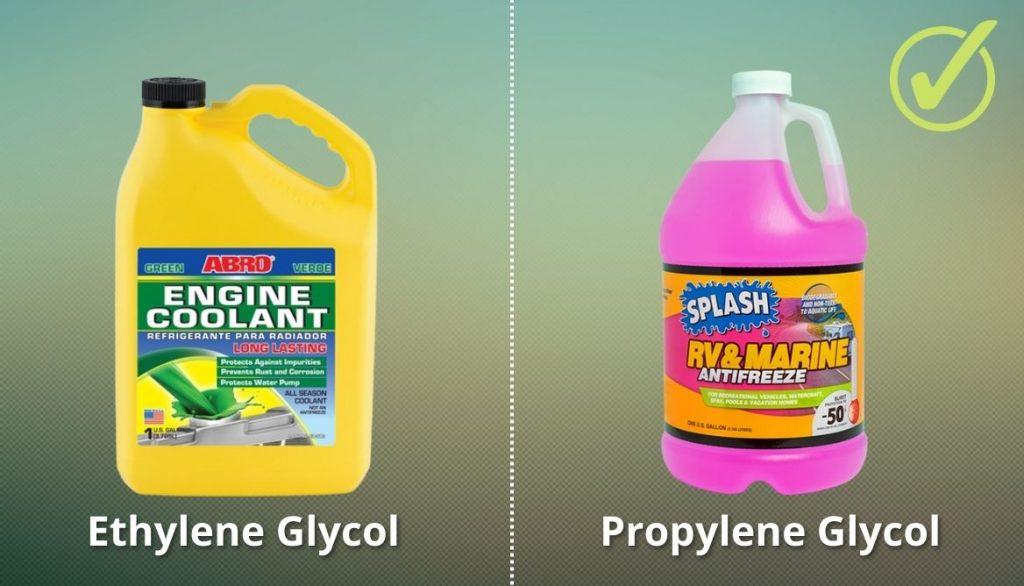
Using propylene glycol is better than using ethylene glycol. Ethylene glycol is toxic and poisonous.
Propylene glycol is non-toxic, and one can take necessary precautions to save themselves and the environment by collecting it when draining and disposing of it responsibly.
Dilution Can Make Antifreeze Ineffective In Water Systems

If the antifreeze is diluted more than 50% it will not help protect your boat. One also has to make sure that the liquid does not mix with the water lines on the boat.
To do that, here are some tips:
- Drain all the water lines cut out water intake and wherever it collects on the boat. Use compressed air to push out any residue.
- When adding the antifreeze to the water lines make sure to keep adding until it starts coming out of the faucets.
- If you fear that complete water drainage is not possible use a powerful liquid instead of a cheap one. The damages to the boat are not worth a few bucks you will save.
FAQ
Is RV And Marine Antifreeze The Same?
Yes. RV and Marine antifreeze have the same formula. These can be used interchangeably.
Is There A Special Antifreeze For Boats?
Yes. Marine antifreeze is made for boats. It is non-toxic and Propylene Glycol based.
What Is The Difference Between Antifreeze And RV Antifreeze?
RV antifreeze is dissimilar from automotive antifreeze. RV liquid is safe and is used in plumbing systems while automotive is highly toxic and used for car cooling systems.
Is RV Antifreeze Safe For Boats?
Yes. It is perfectly safe as RV antifreeze has the same formula Marine antifreeze.
What Do You Put In A Boat To Winterize It?
Antifreeze liquids are poured into boat water systems to increase the freeze point of the liquids present to avoid damage and pipe bursts.
Conclusion
The bottom line is RV antifreeze is perfectly safe for boats. It is strongly emphasized that it should be non-toxic and have the correct dilution. When using the liquid, take all the necessary precautions to be safe and help from another individual for efficiency.
What other tips can we use for winterizing boats? Please share what you do to prepare the vehicle for winter. We will be reading your comments.

Asen is the owner and main contributor of Camper Life. He is a full-time RV traveler since 2018. He loves camping in nature, fishing, and spending time with his family.
Striving to provide the most valuable information about campers and RVs, he shares everything he learned over the years.
That’s why Camper Life is one of the best sources to find information about RV traveling and living.






